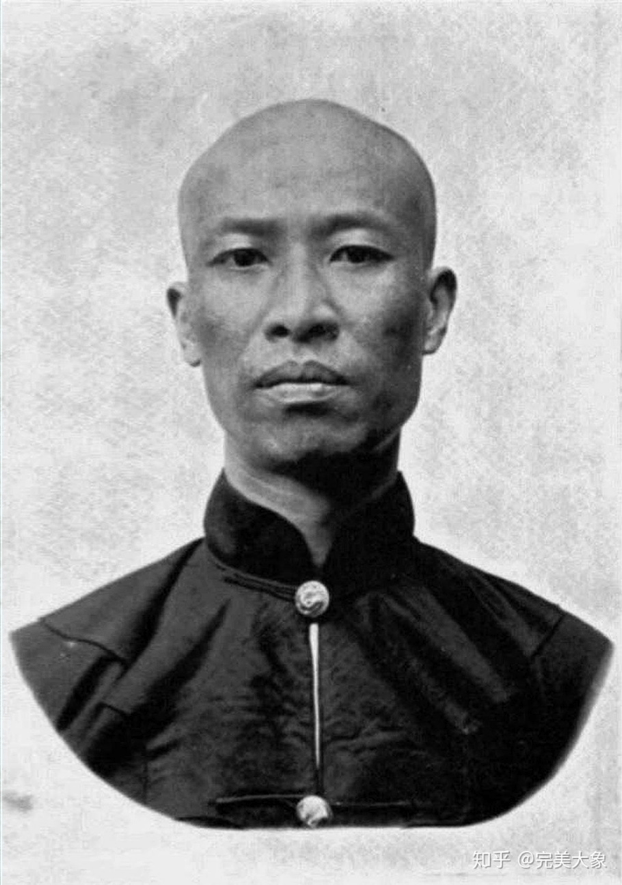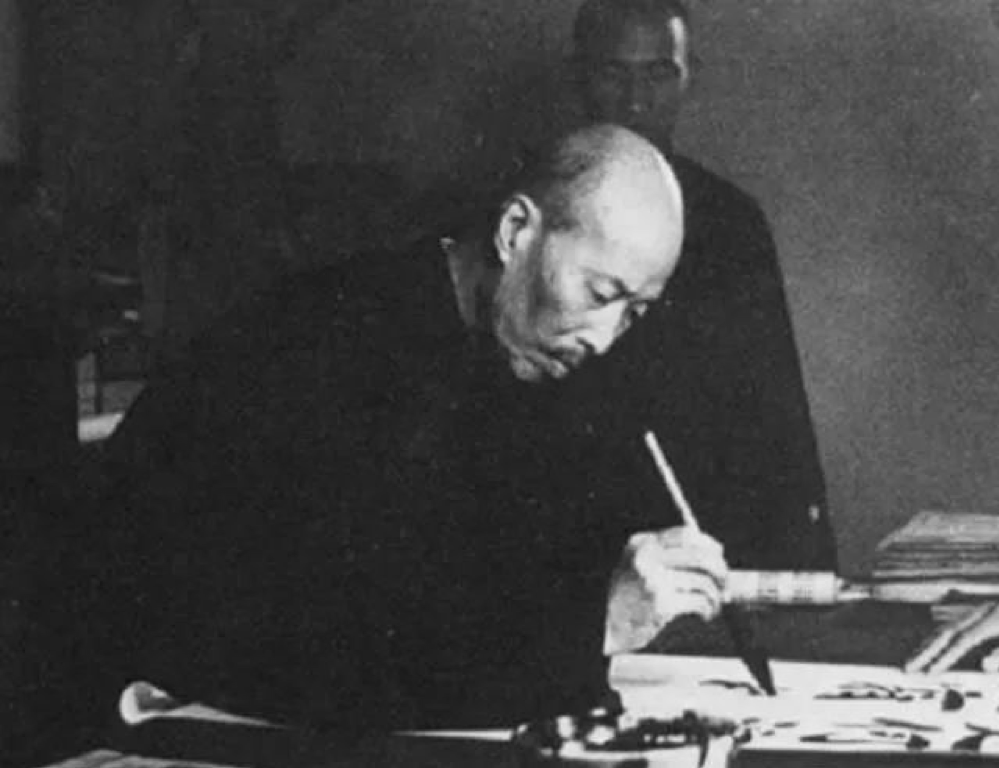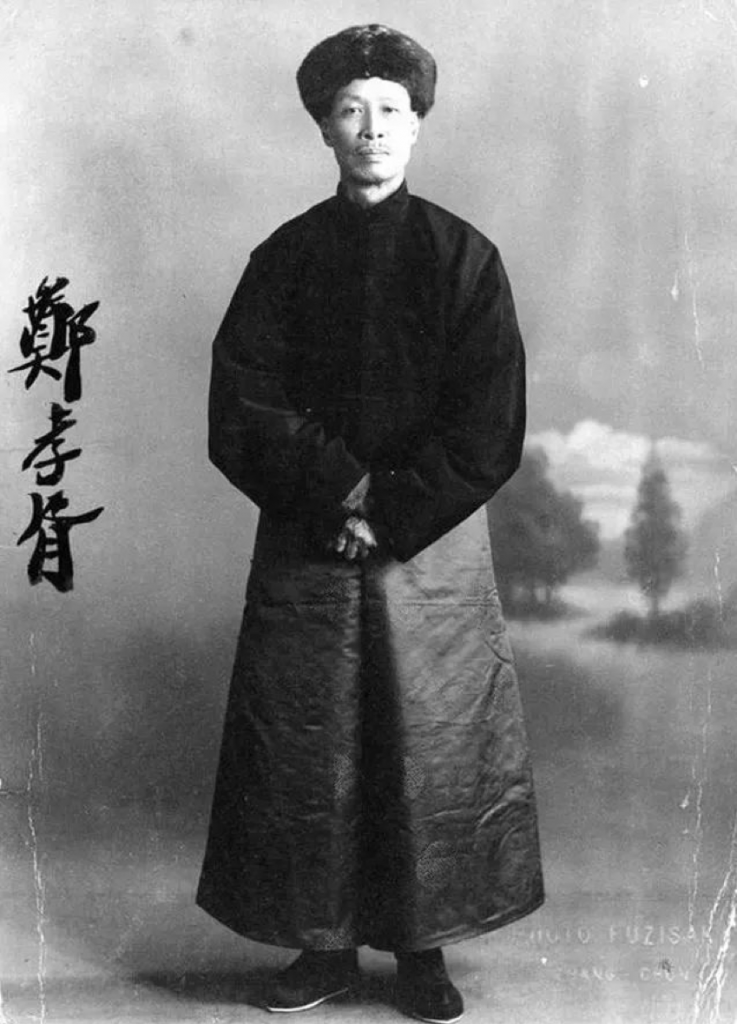Page Contents
Manchuria Before 1900: A Region at the Crossroads of Empires
Manchuria, a vast and resource-rich region, has long played a pivotal role in the geopolitics of East Asia. Before the dawn of the 20th century, this northeastern frontier witnessed the rise and fall of empires, cross-border rivalries, and the integration of diverse cultures. From the establishment of the Qing Dynasty by the Manchus in 1644 to the territorial negotiations with Russia in the Treaty of Nerchinsk (1689) and Treaty of Aigun (1858), Manchuria’s strategic importance was recognized by both domestic and foreign powers. These events set the stage for the turbulent decades to follow, as the region became a battleground for influence among imperial forces. Understanding this historical backdrop is essential to fully grasp the significance of the dramatic events that unfolded in Manchuria after 1900.
Early 1900s
1900: Boxer Rebellion
The Boxer Rebellion was a violent anti-foreign and anti-Christian uprising that took place in China, including Manchuria. It was initiated by the “Boxers” and supported by the Qing dynasty.
1904-1905: World War Zero – The Russo-Japanese War
The Russo-Japanese War (1904-1905) was a conflict between the Russian Empire and the Empire of Japan over control of Korea and Manchuria. It marked the first major military victory of an Asian power over a European one in modern history. The war began with Japan’s surprise attack on the Russian fleet at Port Arthur and included significant battles such as the Battle of Tsushima. The conflict ended with the Treaty of Portsmouth, mediated by U.S. President Theodore Roosevelt, which granted Japan significant territorial gains and marked its emergence as a major world power.



1909: Assassination of Itō Hirobumi
In October 1909, Ito Hirobumi traveled to Harbin to meet with Russian Finance Minister V. N. Kokovtsov . The plan was to discuss the issue of Japan’s complete annexation of Korea. On October 26, at 9 a.m., the train Ito was traveling on arrived at the station. After Kokovtsov boarded the train, Ito greeted him warmly and expressed confidence that there would always be peace and friendship between Japan and Russia. Kokovtsov invited him to get off at the platform, where a guard of honor had lined up. As they were inspecting the guard, Ito Hirobumi was shot by Korean nationalist An Chung-geun. He died half an hour after the assassination attempt. Ito’s last words were, “He shot me. What a fool!” An Chung-geun was seized by guards and was shouting “Long live Korea!” at the time of his arrest. He was sentenced to death at trial and hanged in March 1910 in the Japanese prison in Ryojun.
1928: Assassination of Zhang Zuolin
The assassination of Zhang Zuolin on June 4, 1928, was a significant event in Chinese history. Zhang Zuolin, a powerful warlord who controlled Manchuria, was targeted by the Japanese Kwantung Army, who were frustrated with his reluctance to fully align with their interests. They planted explosives on a railway line, killing Zhang when his train was blown up near Shenyang. This assassination marked a turning point, leading to increased Japanese aggression in China, including the invasion of Manchuria in 1931. The event also paved the way for Zhang’s son, Zhang Xueliang, to take over his father’s influence in Chinese politics.
1930s

1931: Wanpaoshan Incident
The Wanpaoshan Incident, which occurred on July 1, 1931, was a conflict between Chinese and Korean farmers in the village of Wanpaoshan, located in Manchuria. The incident arose when Korean farmers, supported by Japanese authorities, began constructing an irrigation system on land claimed by Chinese farmers. This led to violent clashes between the two groups, exacerbating tensions between Chinese residents and the Japanese-controlled Korean population. The incident was relatively minor but was heavily exploited by Japanese media to inflame anti-Chinese sentiment in Korea, leading to widespread riots and violence against Chinese residents there.
1931: Mukden Incident
The Mukden Incident, also known as the Manchurian Incident, occurred on September 18, 1931, and was a pivotal event leading to the Japanese invasion of Manchuria. Japanese soldiers from the Kwantung Army staged a bombing on a railway line near Mukden (now Shenyang), which was under Japanese control. They falsely blamed Chinese troops for the sabotage, using it as a pretext to launch a full-scale invasion of Manchuria.
1932: Establishment of Manchukuo
In 1932, Japan established the puppet state of Manchukuo in northeastern China, following its occupation of Manchuria after the Mukden Incident in 1931. Manchukuo was proclaimed as an independent monarchy, with the last Qing emperor, Puyi, installed as the nominal ruler. However, the state was entirely controlled by Japan, serving as a strategic base for Japanese expansion in Asia and a source of natural resources. The creation of Manchukuo was met with international condemnation, but the League of Nations’ protests had little impact. Manchukuo’s establishment marked a significant escalation in Japan’s imperial ambitions and set the stage for further conflicts leading up to World War II.
1932: Zheng Xiaoxu’s Literary Influence and Role in the Establishment of Manchukuo
In 1932, Zheng Xiaoxu played a crucial role in the establishment of Manchukuo, not only as a political figure but also as a cultural and literary influencer. A respected scholar and statesman, Zheng was appointed as the first Prime Minister of Manchukuo, where he was instrumental in crafting the ideological and cultural framework of the puppet state. However, beyond his political contributions, Zheng was renowned for his literary talents, particularly in calligraphy. Zheng Xiaoxu’s calligraphy was highly esteemed, reflecting his deep connection to traditional Chinese culture despite the shifting political landscape. His work in calligraphy was characterized by a classical style, embodying the elegance and refinement of the literati tradition. Zheng’s calligraphic pieces often conveyed themes of loyalty, duty, and continuity, which subtly aligned with the narrative that Manchukuo was a restoration of order under a legitimate imperial lineage, even though it was under Japanese control. His calligraphy was not just an artistic endeavor but also a cultural statement, reinforcing the historical and cultural legitimacy of the new state in the eyes of both its citizens and external observers. Zheng’s literary influence thus extended beyond the written word, embedding itself in the visual culture of Manchukuo and leaving a lasting imprint on the cultural identity of the state during its brief existence.




1934: Aisin Gioro Puyi Installed as Emperor
In 1934, Aisin Gioro Puyi, the last emperor of the Qing Dynasty, was installed as the Emperor of Manchukuo, the Japanese puppet state in northeastern China. Although Puyi held the title of emperor, he had little real power and served primarily as a figurehead under the control of the Japanese Kwantung Army. His installation as emperor was part of Japan’s broader strategy to legitimize its occupation of Manchuria and portray Manchukuo as an independent, sovereign nation. Puyi’s reign in Manchukuo lasted until the end of World War II in 1945, when the state was dissolved following Japan’s defeat.
1939: Nomonhan Incident / Battles of Khalkhin Gol
A series of border clashes between the Soviet Union and Japan in the area around Nomonhan in Manchuria. These battles were significant for their scale and the impact on Soviet-Japanese relations.
1940s
1945: Soviet Invasion of Manchuria
On August 9, 1945, the Soviet Red Army launched a massive offensive against Japanese forces in Manchuria, which was then under the control of the Japanese puppet state of Manchukuo. The invasion was swift and overwhelming, involving over a million Soviet troops and resulting in the rapid collapse of Japanese defenses. Within weeks, Soviet forces had taken control of Manchuria, as well as parts of Korea, southern Sakhalin, and the Kuril Islands. The Soviet invasion played a significant role in the surrender of Japan, which occurred on August 15, 1945. It also had lasting impacts on the post-war geopolitical landscape, contributing to the rise of communist influence in East Asia and the eventual establishment of the People’s Republic of China in 1949. The Soviet occupation of Manchuria also provided support to Chinese communist forces in their subsequent civil war against the Nationalists.
1945: End of Japanese Occupation
Following Japan’s defeat, Chinese forces reclaimed Manchuria, marking the end of Japanese occupation.

1948: Execution of Kawashima Yoshiko / Aisin Gioro Xianyu
In 1948, Kawashima Yoshiko, also known as Aisin Gioro Xianyu, was executed. Kawashima Yoshiko was a Japanese woman born into the Aisin Gioro clan, the same imperial family as the last Qing emperor. She was adopted by a Japanese family and became a prominent figure in Manchukuo, where she was known for her role as a collaborator with the Japanese authorities. During World War II, Kawashima Yoshiko was a key figure in the administration of Manchukuo and was involved in various intelligence and propaganda activities. She held significant political influence and was often viewed as a symbol of Japanese control over the puppet state. After Japan’s defeat in 1945, she was captured by the Soviet Red Army and later handed over to the Chinese Nationalist government. In 1948, she was tried and executed by the Chinese authorities for her collaboration with the Japanese occupiers. Her execution marked the end of her controversial and tumultuous role in East Asian politics during the war.
1950s
1950s: Industrialization under Communist Rule
In the 1950s, post-war Manchuria underwent rapid industrialization under the Chinese Communist government. Leveraging the region’s rich natural resources and existing industrial base, the government prioritized heavy industries like steel and machinery. The First Five-Year Plan (1953-1957) emphasized state ownership and central planning, leading to the construction of factories, railways, and power plants. Soviet assistance played a key role, with technical support and training accelerating development. By the decade’s end, Manchuria had become a major industrial hub, though challenges such as social unrest and environmental issues emerged as consequences of this rapid growth.

1960s

1966-1976: Cultural Revolution
The Cultural Revolution (1966-1976) deeply affected Manchuria, as it did the rest of China. Initiated by Mao Zedong, the movement aimed to preserve Communist ideology by purging remnants of capitalist and traditional elements from society. Manchuria, with its industrial workforce and strategic importance, became a battleground for ideological struggle.
1970s
1970s: Daqing Oil Field Development
In the 1970s, the Daqing Oil Field in Manchuria became a symbol of China’s self-reliance and industrial progress. Discovered in the late 1950s and developed throughout the 1960s, Daqing was one of China’s largest and most productive oil fields. By the 1970s, it played a crucial role in reducing China’s dependence on foreign oil imports. Under the leadership of the Communist government, the development of Daqing was characterized by intense labor efforts and the promotion of the “Daqing Spirit,” emphasizing hard work, self-reliance, and collective effort. Thousands of workers and engineers, often working in harsh conditions, transformed the region into a major oil production center. The success of Daqing not only fueled China’s growing industrial needs but also served as a model for other resource development projects across the country. The Daqing Oil Field’s development was a key factor in China’s economic strategy during the decade, helping to drive the nation’s industrialization and contributing significantly to the country’s energy security.
1980s
1980s: Economic Reforms
◦ In the 1980s, Manchuria, like the rest of China, underwent significant changes due to the economic reforms initiated by Deng Xiaoping. These reforms marked a shift from a centrally planned economy to a more market-oriented one, focusing on modernization, increased productivity, and opening up to foreign investment. For Manchuria, known for its heavy industries, these reforms brought both opportunities and challenges. State-owned enterprises (SOEs) in the region were encouraged to adopt market principles, which included reducing inefficiencies, improving management, and becoming profitable. However, the transition was difficult for many SOEs, leading to layoffs and social unrest as the region adjusted to the new economic landscape. The introduction of Special Economic Zones (SEZs) and policies promoting foreign investment were less impactful in Manchuria compared to coastal regions, but the area still saw gradual economic diversification. The reforms also led to a greater emphasis on light industries and consumer goods, marking a departure from the region’s traditional focus on heavy industry.




















